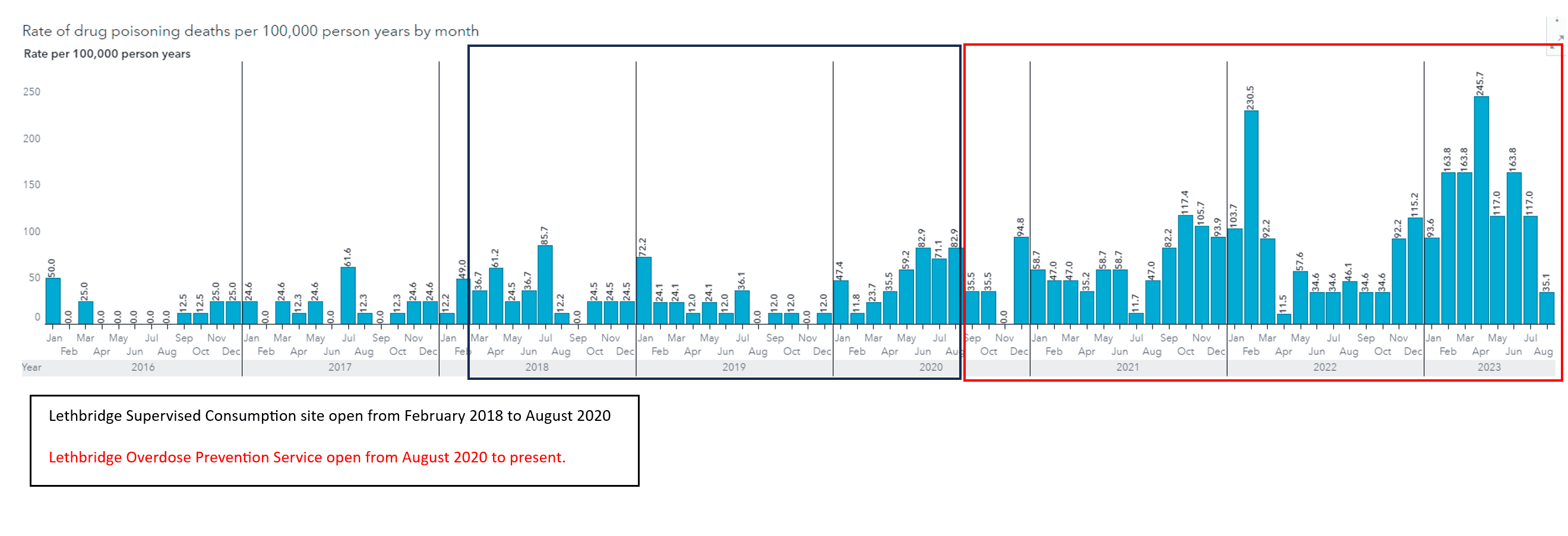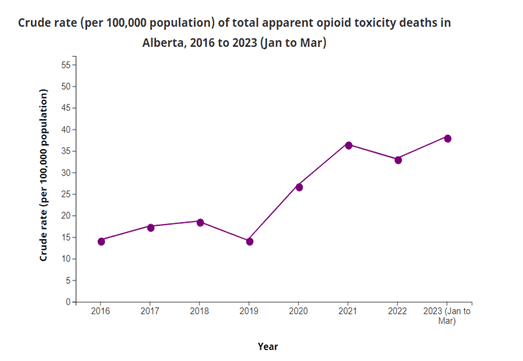[et_pb_section fb_built=”1″ _builder_version=”4.19.2″ _module_preset=”default” global_colors_info=”{}”][/et_pb_section][et_pb_section fb_built=”1″ _builder_version=”4.16″ custom_margin=”0px||0px||false|false” custom_padding=”0px||0px||false|false” global_colors_info=”{}”][et_pb_row column_structure=”3_4,1_4″ use_custom_gutter=”on” _builder_version=”4.16″ _module_preset=”default” width=”100%” custom_margin=”0px||||false|false” custom_padding=”0px||0px||false|false” border_width_bottom=”1px” border_color_bottom=”#a6c942″ global_colors_info=”{}”][et_pb_column type=”3_4″ _builder_version=”4.16″ _module_preset=”default” global_colors_info=”{}”][et_pb_post_title meta=”off” featured_image=”off” _builder_version=”4.16″ _module_preset=”default” title_font=”||||||||” custom_margin=”||3px|||” border_color_bottom=”#a6c942″ global_colors_info=”{}”][/et_pb_post_title][/et_pb_column][et_pb_column type=”1_4″ _builder_version=”4.16″ _module_preset=”default” global_colors_info=”{}”][et_pb_image src=”https://edmontonsocialplanning.ca/wp-content/uploads/2020/12/COLOUR-BLOCKS_spaced-300×51.png” title_text=”COLOUR BLOCKS_spaced” align=”center” _builder_version=”4.7.7″ _module_preset=”default” max_width=”100%” max_height=”75px” custom_margin=”0px|0px|0px|0px|false|false” custom_padding=”10px|0px|20px|0px|false|false” global_module=”96648″ global_colors_info=”{}”][/et_pb_image][/et_pb_column][/et_pb_row][et_pb_row column_structure=”3_4,1_4″ use_custom_gutter=”on” make_equal=”on” _builder_version=”4.16″ background_size=”initial” background_position=”top_left” background_repeat=”repeat” width=”100%” custom_margin=”0px|auto|0px|auto|false|false” custom_padding=”30px|0px|0px|0px|false|false” global_colors_info=”{}”][et_pb_column type=”3_4″ _builder_version=”4.16″ custom_padding=”0px|0px|0px|0px|false|false” global_colors_info=”{}” custom_padding__hover=”|||”][et_pb_text _builder_version=”4.16″ _dynamic_attributes=”content” _module_preset=”default” text_font=”|600|||||||” text_text_color=”#2b303a” custom_padding=”||32px|||” global_colors_info=”{}”]@ET-DC@eyJkeW5hbWljIjp0cnVlLCJjb250ZW50IjoicG9zdF9kYXRlIiwic2V0dGluZ3MiOnsiYmVmb3JlIjoiIiwiYWZ0ZXIiOiIiLCJkYXRlX2Zvcm1hdCI6ImRlZmF1bHQiLCJjdXN0b21fZGF0ZV9mb3JtYXQiOiIifX0=@[/et_pb_text][et_pb_text _builder_version=”4.23.1″ text_text_color=”#2b303a” text_line_height=”1.6em” header_2_font=”||||||||” header_2_text_color=”#008ac1″ header_2_font_size=”24px” background_size=”initial” background_position=”top_left” background_repeat=”repeat” text_orientation=”justified” width=”100%” module_alignment=”left” custom_margin=”0px|0px|0px|0px|false|false” custom_padding=”25px||||false|false” hover_enabled=”0″ locked=”off” global_colors_info=”{}” sticky_enabled=”0″]
Written by Janell Uden, Research Services and Capacity Building Coordinator
Supervised Consumption Sites (SCS) are part of a range of evidence-based services that aim to reduce harm, support prevention, and provide treatment for Albertans (Alberta Health Services, 2023). In these sites, people who use drugs can do so in a monitored, hygienic, way to reduce harm from substance use. Medical care, connecting people to broader health and social services, such as treatment and recovery-oriented support, as well as decreasing the transmission of infections are all functions of SCS. Supervised consumption sites’ most well-known benefits are reducing overdose mortality, and infectious related complications (Young & Fairbairn, 2018). Despite the overwhelming amount of evidence supporting the benefits of SCS for people who use drugs, and saving costs by avoiding emergency services, SCS that have been closed in Alberta, have not re-opened and expansion is not on the horizon.
It has been 3 years since the Government of Alberta released a report about supervised consumption sites, claiming that they increased social disorder, crime and prevented treatment (Government of Alberta, 2020). To address this, the elected UCP government “shifted controlled drug/public health policy away from evidence-based harm reduction toward a moralistic model of abstinence and treatment” (Hudes, 2019). This report which has been criticized by many, including criminology professor James D. Livingston. In this article, Livingston highlights that to date, no peer reviewed research has linked supervised consumption sites to increased crime. He also explains that the report had a major methodological flaw regarding how crime was measured. The way the review panel measured crime was by using police service call data and public perceptions of crime. Livingston notes that this is problematic because “police service calls” measure a variety of police activities and it is unreasonable to present police service calls as equating to changes in crime levels. Additionally, using public perception as the other data source of criminal activity increase fails to withstand scrutiny, as it was taken by a convenience, non-representative sample which relies on people to “recall their past experiences with numerous crime related (and other) experiences before and after opening the SCS” (Livingston, 2021). The report shows the “crimes reported in the “sub-beat” of the Lethbridge SCS in 2017, and in 2018 but does not include the first two months of 2018, as it opened February 28, 2018. It shows large amounts of crimes reported in the “sub-beat” area of the SCS (Government of Alberta, 2020). In his commentary, Livingston reminds readers that “recall and recency bias are inherent limitations of such questions and of retrospective self-report surveys generally” (Livingston, 2021). Although the report can safely be discredited, it has been the standing ground for closing supervised consumption sites, avoiding plans to address the current opioid crisis and spreading the narrative that supervised consumption sites are a “failed experiment” and should not be funded (2023 Governance Resolutions to UCP AGM, 2023).
The authors conveniently chose data stating that death rates in the vicinity of supervised consumption sites continue to rise after sites were being established, ignoring the fact that the death rates overall were lower when a supervised consumption site was open. Here we can see in this graph below that while The Lethbridge Supervised Consumption Site was open, the death rate per 100,000 people was on average 47.91% lower (Alberta Substance Use Surveillance System, 2023)

As was found in the same Government of Alberta report, there were no deaths recorded amongst people who used drugs at the SCS sites. This means that one of the most basic tenets of Lethbridge’s supervised consumption site was effective: reduce the amount of opioid related deaths, and this not only worked in the facility, but also in that city. As shown in the graph above, death rates overall in Lethbridge have increased since the closure of the site. So, even if death rates increased within the radius of the supervised consumption sites, death rates overall did not increase and did not occur within the facility.
When the SCS in Lethbridge closed, Alberta Health put an overdose prevention service (OPS) van in place, as a temporary measure to continue to address the drug poisoning crisis. Between August 17, 2020, to present, the median number of visits to this site has been 11,876 visits per quarter (Alberta Substance Use Surveillance System, 2023). When the Lethbridge SCS was open, the median number of visits per quarter was 50,585 (Alberta Substance Use Surveillance System, 2023). Although the Lethbridge OPS sees less visits overall, this clearly does not mean overdoses are decreasing, as shown above. Lethbridge OPS was established as a temporary measure, to replace the SCS, however, it has been open for half a year longer than the SCS. It is doing a less effective job at reducing the death rate, and no longer provides other resources that help people who use drugs. Lethbridge was the most highly visited supervised consumption site in North America while it was open (Alberta Substance Use Surveillance Government System, 2023). The reduction in visits to the OPS does not mean people have stopped using drugs. Supervised consumption sites, as obvious by the name, is a place where people can use drugs safely, with clean supplies, with people there to help them in case of an overdose. Supervised consumption sites also have resources like healthcare, social services and addiction services, social and affective resources (Greene et al., 2023). The replacement of the SCS with the OPS as reported by the participants in Greene, Maier and Urbanik’s study made them feel unsafe to access it due to location, limits on consumption routes, and lack of social space, activities and services. These new barriers have deterred many people who use drugs away from accessing any services at all. Supervised consumption sites not only save lives and provide resources, but they also enable cost savings.
A study done by Khair et al (2022) found that each overdose managed at the SCS in Calgary produces approximately $1600 in savings. During the two full years studied, the benefits from avoiding emergency services by handling overdoses at the SCS in Calgary were $1,078,630 in 2018 and $1,132,156 in 2019. This is only accounting for the need for ambulance and emergency department services, and assuming the minimum billing fee. These numbers do not account for overdose-related hospitalization costs, or health complications from needle sharing, and thus may underestimate the total costs saved.
Provincially, the crude death rate of people dying by drug poisoning has increased since the closure of the supervised consumption site in Lethbridge, as well as the closure of another in Edmonton during approximately the same time (Boyle Street SCS 5 booths, 12 hours per day, March 23, 2018- December 16, 2020, Government of Canada, 2023; Alberta Substance Use Surveillance Government System, 2023). Currently, the opioid crisis is killing an additional average of 303 people per year in Alberta, each year since 2020, and in 2023, 434 people have died within the first three months (Government of Canada, 2023).

![]()
Previous research and activism cautioned the government against closing the sites to begin with, referring to tons of research showing their validity and benefits. The criticisms of the government’s report on supervised consumption sites, plans for addressing the province’s ongoing opioid crises, the increase in the death rate in municipalities where SCS existed and no longer do, the increasing deaths provincially, the cost benefits to avoiding emergency services, and all previous evidence-based research supporting SCS, demand a reconsideration of not expanding or further funding supervised consumption sites.
References
Alberta Health Services. (n.d.). Supervised Consumption Services. https://www.albertahealthservices.ca/info/Page15434.aspx
Alberta Substance Use Surveillance System. Health Analytics Reporting Site. Health Analytics reporting site. (n.d.). https://healthanalytics.alberta.ca/health-analytics.html
Government of Canada. Opioid- and stimulant-related harms. (2023, September 28). https://health-infobase.canada.ca/substance-related-harms/opioids-stimulants/graphs?index=435
Greene, C., Maier, K., & Urbanik, M.-M. (2023). “it’s just not the same”: Exploring PWUD’ perceptions of and experiences with drug policy and SCS services change in a Canadian city. International Journal of Drug Policy, 111. https://doi.org/10.1016/j.drugpo.2022.103934
Hudes, S. (2019). Kenney and Notley spar over ‘opioid crisis’ as UCP announces health-care platform.Calgary Herald March 28. Retrieved from https://calgaryherald.com/news/local-news/kenney-and-notley-spar-over-opioid-crisis-as-ucp-announces-healthcare-platform.
Khair, S., Eastwood, C. A., Lu, M., & Jackson, J. (2022). Supervised consumption site enables cost savings by avoiding emergency services: A cost analysis study. Harm Reduction Journal, 19(1). https://doi.org/10.1186/s12954-022-00609-5
Livingston, J. D. (2021). Supervised consumption sites and crime: Scrutinizing the methodological weaknesses and aberrant results of a government report in Alberta, Canada. Harm Reduction Journal, 18(1). https://doi.org/10.1186/s12954-020-00456-2
UCP AGM 2023 Policy And Governance Resolutions. https://united conservative.ca/wp-content/uploads/Resolutions2023.pdf
Young, S., & Fairbairn, N. (2018). Expanding supervised injection facilities across Canada: Lessons from the Vancouver experience. Canadian Journal of Public Health, 109(2), 227–230. https://doi.org/10.17269/s41997-018-0089-7
[/et_pb_text][dmpro_button_grid _builder_version=”4.18.0″ _module_preset=”default” global_colors_info=”{}”][/dmpro_button_grid][dmpro_image_hotspot _builder_version=”4.17.4″ _module_preset=”default” global_colors_info=”{}”][/dmpro_image_hotspot][/et_pb_column][et_pb_column type=”1_4″ _builder_version=”4.16″ custom_padding=”0px|20px|0px|20px|false|false” border_color_left=”#a6c942″ global_colors_info=”{}” custom_padding__hover=”|||”][et_pb_testimonial author=”Posted by:” job_title=”@ET-DC@eyJkeW5hbWljIjp0cnVlLCJjb250ZW50IjoicG9zdF9hdXRob3IiLCJzZXR0aW5ncyI6eyJiZWZvcmUiOiIiLCJhZnRlciI6IiIsIm5hbWVfZm9ybWF0IjoiZGlzcGxheV9uYW1lIiwibGluayI6Im9uIiwibGlua19kZXN0aW5hdGlvbiI6ImF1dGhvcl93ZWJzaXRlIn19@” portrait_url=”@ET-DC@eyJkeW5hbWljIjp0cnVlLCJjb250ZW50IjoicG9zdF9hdXRob3JfcHJvZmlsZV9waWN0dXJlIiwic2V0dGluZ3MiOnt9fQ==@” quote_icon=”off” portrait_width=”125px” portrait_height=”125px” disabled_on=”on|off|off” _builder_version=”4.16″ _dynamic_attributes=”job_title,portrait_url” _module_preset=”default” body_text_color=”#000000″ author_font=”||||||||” author_text_align=”center” author_text_color=”#008ac1″ position_font=”||||||||” position_text_color=”#000000″ company_text_color=”#000000″ background_color=”#ffffff” text_orientation=”center” module_alignment=”center” custom_margin=”0px|0px|4px|0px|false|false” custom_padding=”32px|0px|0px|0px|false|false” global_colors_info=”{}”][/et_pb_testimonial][et_pb_text disabled_on=”on|off|off” _builder_version=”4.16″ _dynamic_attributes=”content” _module_preset=”default” text_text_color=”#000000″ header_text_align=”left” header_text_color=”rgba(0,0,0,0.65)” header_font_size=”20px” text_orientation=”center” custom_margin=”||50px|||” custom_padding=”48px|||||” global_colors_info=”{}”]@ET-DC@eyJkeW5hbWljIjp0cnVlLCJjb250ZW50IjoicG9zdF9jYXRlZ29yaWVzIiwic2V0dGluZ3MiOnsiYmVmb3JlIjoiUmVsYXRlZCBjYXRlZ29yaWVzOiAgIiwiYWZ0ZXIiOiIiLCJsaW5rX3RvX3Rlcm1fcGFnZSI6Im9uIiwic2VwYXJhdG9yIjoiIHwgIiwiY2F0ZWdvcnlfdHlwZSI6ImNhdGVnb3J5In19@[/et_pb_text][/et_pb_column][/et_pb_row][/et_pb_section]